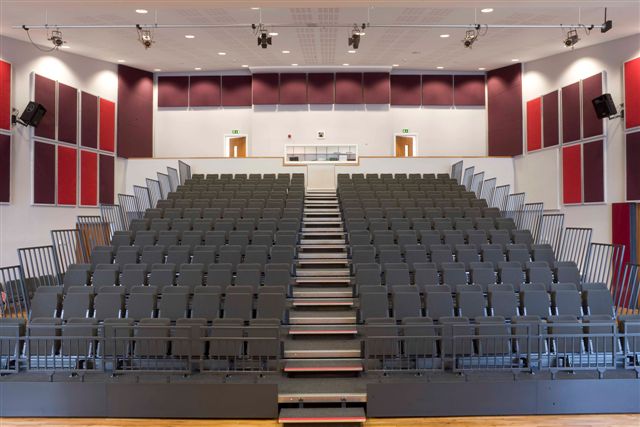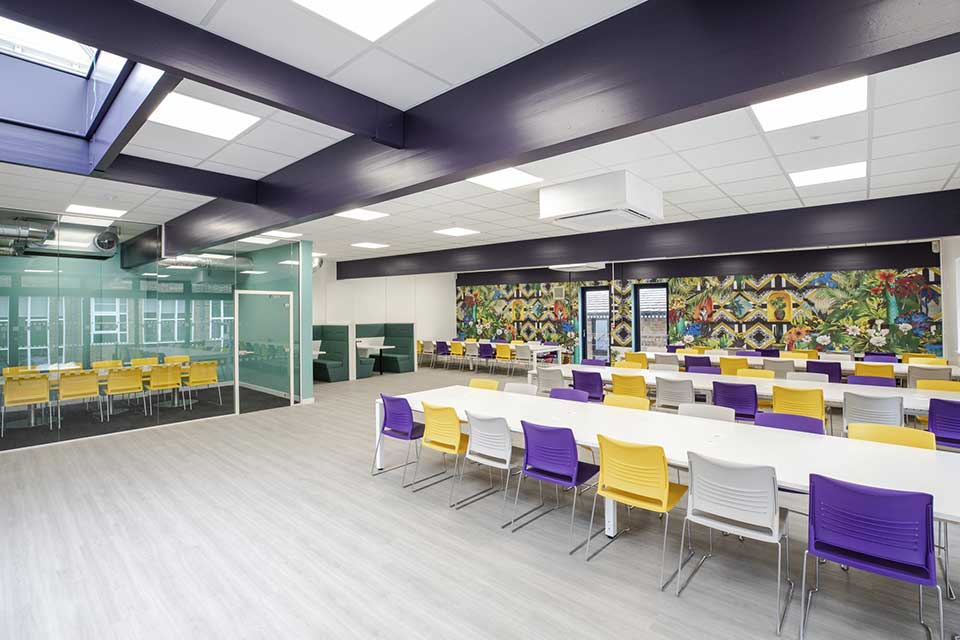Acoustics – How This Invisible Superpower Can Transform Learning

Exceptional cognitive abilities can be delivered straight to your students and staff as a direct result of implementing positive acoustic auditory measures – definitely a superpower in our book!

Acoustics – why are they important?
The main aim of acoustics in the learning environment is to ensure that everything heard, from the teachers’ instructions, classmates’ contributions, music and more is clear and unimpeded by background noise. Scientifically speaking, this is primarily done by raising soundwave transmission and lowering sound barriers. From an educational standpoint, the benefits of good acoustics affect engagement, retention and concentration – key factors in creating a high achieving environment that appeals to staff and students alike.

Studies of Acoustics
The World Health Organisation (WHO) previously recommended 35 decibels as optimum noise levels in the classroom but studies have shown this can reach over 60 decibels – almost double, which can cause auditory damage. The further back students sit in the classroom can have a major effect on how much they can hear, potentially leading to negative behaviour simply because they cannot engage. Increasing class sizes reflect this as a problem that will become worse over time. Poor acoustics lead to teachers raising their voices which add to their stress and ultimately leading to time off – the worst outcome for your school, staff and students.

The Effects of Negative Acoustics
Students who cannot hear their teacher are at a disadvantage from day 1. It is not simply their communication skills that suffer; if they are unsure about what has been said, the instructions given, class tasks or even where they should be, students can often be thought of as exhibiting poor judgment or behavioural issues which then affects their relationship with their teachers. This process of both learning and teaching affects every single person in the classroom and when it starts badly, it is difficult to reset those first impressions as well as the impact on both physical and psychological health.
Negative acoustics can have a huge impact during examinations when schools typically use large assembly halls or sports halls to accommodate large numbers of students. When students are already anxious the poor acoustics, lighting and heating can all further negatively impact students and therefore affect attainment outcomes.

Implementing Excellent Acoustics
Room layouts should consider all auditory needs and purposes, from the ‘guide on the side’ teaching process with staff who can speak quietly to students as they move around the classroom so as not to disrupt the class, or the more formal instructive teaching style of everyone facing the front to try and hear what the teacher has to say.
Implementing steps towards ensuring your classrooms have excellent acoustics should ideally be done at the early stages of classroom design with the whole learning process in mind, from the materials used to technology, seating, audio visual equipment and more. Plain floors, windows and walls will hinder acoustic levels with carpets, wall coverings, soft furnishings and even noise absorbing wall panels significantly improving auditory processing.
More widely than this, the allocation of rooms, the introduction of zoning and booths as well as the use of additional spaces such as corridors and smaller meeting spaces can all enhance the learning for groups of people if the use of spaces are carefully planned.
Give your staff and students exceptionally acoustically well-designed schools to maximise their love of learning from the very first day to their last.
Acoustics are YOUR school’s superpower. To find out more please contact our team of educational specialists at Noble and Eaton.




